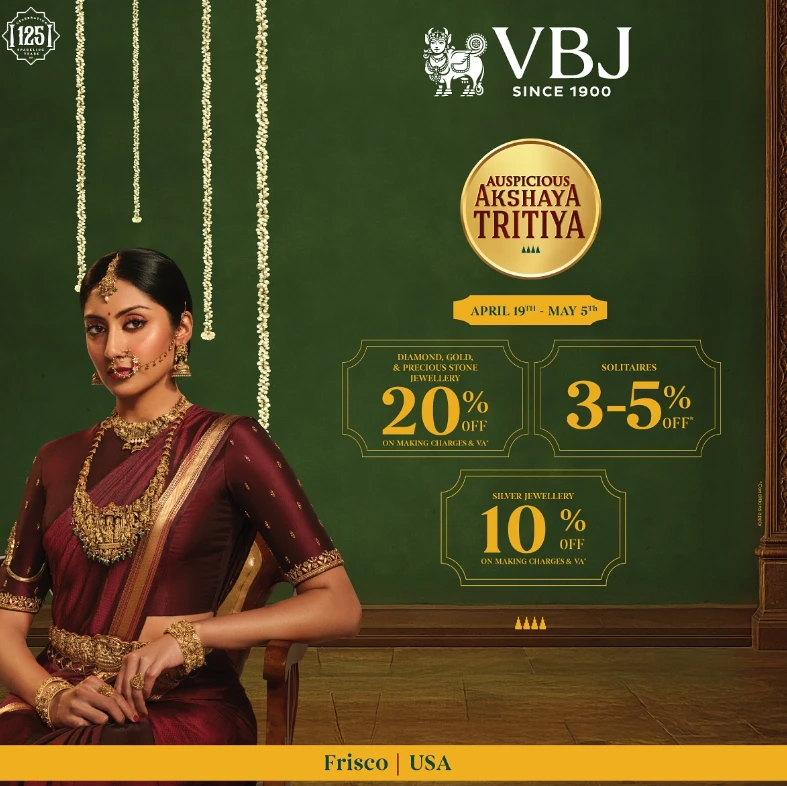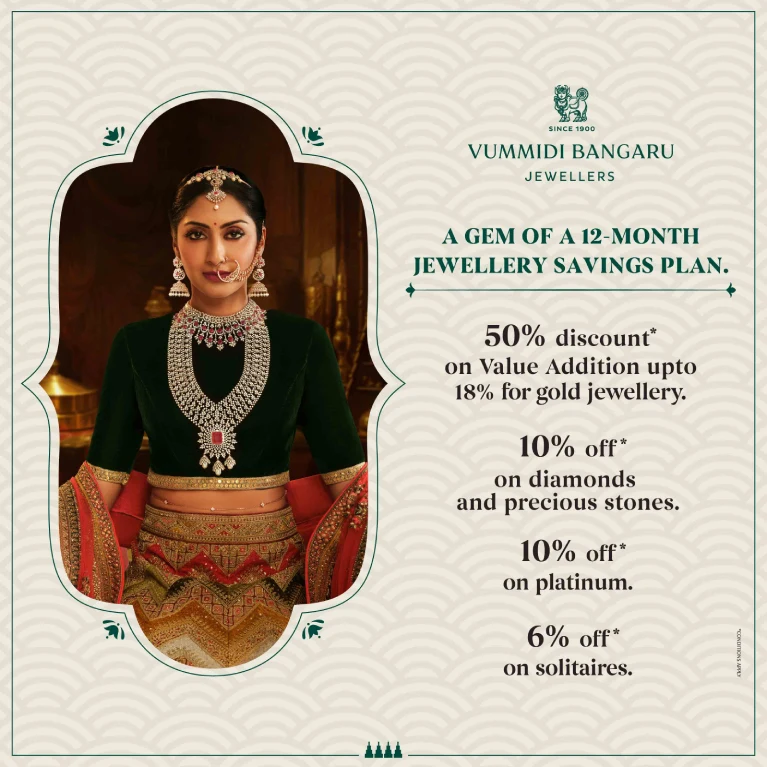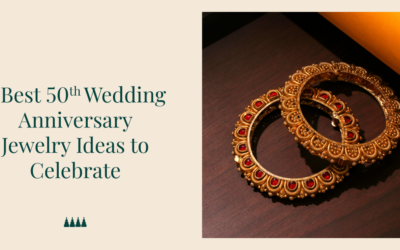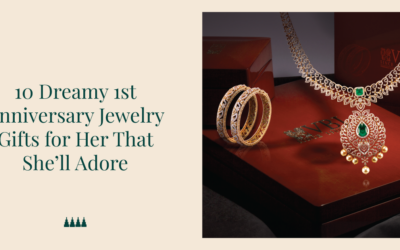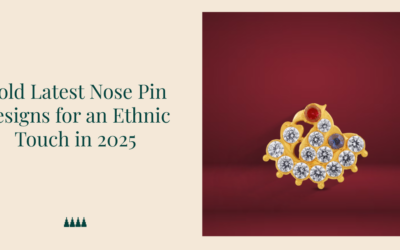Blogs
Akshaya Tritiya with VBJ – Timeless Jewellery Awaits
Celebrate 2025 Akshaya Tritiya with VBJ and turn tradition into a timeless treasure. It’s more than just a purchase—it’s a celebration of prosperity, blessings, and new beginnings. This year, let your heart race for the right reasons. With exclusive offers on gold,...
VBJ Puthandu Jewellery Offer – Sparkling New Year Deals
Puthandu marks the start of a new year for Tamil families. It’s a moment filled with hopes, prayers, and cheerful gatherings. Amid the floral kolams and sweet pongal, jewellery finds its own space as a symbol of joy, tradition and fortune. This year, VBJ adds sparkle...
Celebrate Exclusive Ugadi Jewellery Collection in Style with VBJ
Ugadi with our Jewellery Collection The Ugadi Jewellery Collection beautifully embodies the tradition of passing down jewellery through generations, offering a meaningful way to celebrate these precious connections. It’s more than a material possession; it symbolizes...
20 Trendy Diamond Bracelet Ideas to Match Any Outfit
Summary In the present busy modern lifestyle, even jewelry styles are even more unique and trendy. Working women mostly prefer minimalistic ornaments or statement pieces. Women especially prefer diamond bracelet ideas over bangles; it's trendy and stylish. It is not...
8 Jewelry Gift Ideas for Mom’s Milestone Birthday
Summary Amma, Mom, Mummy, or Aai—these words or sounds would differ, but the love and affection are priceless. Mother is the most precious gift God gave us. Gifting her is not a simple one. For this, money is not a big deal. You can present your gift with an...
9 Dazzling Diamond Jewelry Gift for Brides
Summary Weddings are a celebration of love, commitment, and style, making them the perfect occasion to showcase exquisite diamond jewelry. Jewelry is an important wedding day accessory. This segment of pieces that aren't solely bridal but jewelry gift for bride or...
5 Best 50th Wedding Anniversary Jewelry Ideas to Celebrate
Summary 50th wedding anniversary jewellery ideas are not ordinary achievements or milestones. People will celebrate if their favourite sports stars score their 50th century or score 50 runs in a critical phase. Similarly, in a marriage, a strong partnership is a vital...
10 Dreamy 1st Anniversary Jewelry Gifts for Her That She’ll Adore
Summary 1st anniversary jewelry is a significant milestone in your relationship. It marks the beginning of your journey together and is a time to reflect on the love you share. Choosing the perfect gift commemorating this special occasion can convey your love and...
10 Vintage-Inspired 25th wedding anniversary Ring for wife
Summary Marriage is a solid companionship. In that sense, celebrating your 25th wedding anniversary ring for wife is a great idea. An anniversary means gifting each other ornaments or your favourite things. But especially for 25, it's a more special and blessed...
Gold Latest Nose Pin Designs for an Ethnic Touch in 2025
Summary Latest Nose Pin Design have always been significant in ethnic jewelry traditions, especially in South Asian cultures. They are not just ornamental pieces but also symbols of beauty, identity, and cultural significance. As we step into 2025, the latest gold...
12 Unique Diamond Nose Pin Designs for a Stunning Makeover
Shop Unique Diamond Nose Pins | Vummidi Bangaru Jewellers Nose pins are a simple and elegant jewel pattern. This jewel style always holds a special place in every woman's heart. In the early 2000s, Bollywood divas like Aishwarya Rai wore nose pins, which still ruled...
5 Special Valentine’s Day Bangles from VBJ’s Collection to Surprise Your Loved One
Valentine's Day is a day to celebrate love and cherish all the amazing memories shared with your partner. What better way to display your love than to adore beautiful valentines day bangles from VBJ's special collection? Each piece in this collection is designed...
 Store Locator
Store Locator 

